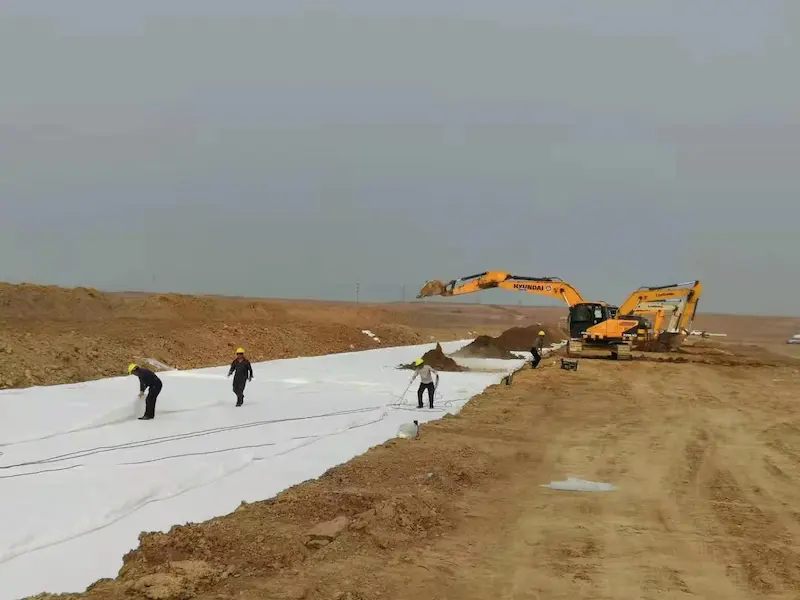The Utilization of Discrete Fibers in Road Construction
With the advancement of technology and the continuous development of engineering techniques, the field of road construction is constantly exploring new materials and technologies to improve road performance and durability. Discrete fibers, as a novel material, have recently found widespread application in road construction. This article aims to explore the use of discrete fibers in road construction and the advantages they bring.
Firstly, let's understand the basic concept of discrete fibers. As the name suggests, discrete fibers exist in a discrete state, rather than being continuous or bundled. This form of fiber possesses unique physical and chemical properties that make it play a significant role in road construction.
In road construction, discrete fibers are primarily used to enhance the performance of asphalt concrete. Asphalt concrete is one of the most commonly used materials in road construction, but it is prone to issues such as cracking and deformation during use. By incorporating discrete fibers, the crack resistance, deformation resistance, and durability of asphalt concrete can be significantly improved.
Specifically, the role of discrete fibers in asphalt concrete is mainly reflected in the following aspects:
Firstly, they enhance the tensile strength of asphalt concrete. Discrete fibers form a three-dimensional network structure within the asphalt concrete, effectively distributing and bearing external loads, thereby increasing the tensile strength of the concrete and reducing the occurrence of cracks.
Secondly, they improve the deformation resistance of asphalt concrete. Discrete fibers can increase the cohesion and internal friction angle of concrete, making it less susceptible to deformation under external forces and maintaining the flatness and stability of the road.
Thirdly, they enhance the durability of asphalt concrete. Discrete fibers improve the density and impermeability of concrete, reducing the erosion of water and oxygen on the concrete, thus extending the service life of the road.
Moreover, the use of discrete fibers in road construction also offers environmental and economic advantages. Since the use of discrete fibers reduces dependency on natural resources and minimizes environmental impact, it aligns with the principles of sustainable development. Additionally, the improved performance of asphalt concrete achieved through the addition of discrete fibers reduces the frequency of maintenance and repairs, thereby lowering the overall cost of road construction.
However, there are still some technical challenges and issues related to the application of discrete fibers in road construction. For instance, selecting and mixing the appropriate type of discrete fibers, controlling their dosage and incorporation method require further exploration and summation in engineering practice to enhance their effectiveness in road construction.
Optimization of fiber addition amount
To optimize the addition of discrete fibers, factors such as road type, traffic volume, and environmental conditions need to be considered, and quantitative analysis based on experimental data and mathematical models is required. Here are some specific methods and examples:
Road Type:
For high-traffic road sections like highways, a higher proportion of discrete fibers is typically needed to enhance the pavement's crack resistance. For example, a study found that adding more than 1% fiber to highway pavement significantly improved its crack resistance and reduced maintenance costs.
Traffic Volume:
Determine the amount of discrete fibers based on traffic volume. For instance, for high-traffic urban arterials, increasing fiber content may be considered to improve pavement durability. Research suggests that adding 1% fiber to high-traffic roads can reduce pavement crack area by about 20%.
Environmental Conditions:
Consider the impact of environmental factors on fiber addition. In colder regions susceptible to freeze-thaw cycles, more fibers may be needed to enhance pavement crack resistance. Studies show that adding 1% fiber can reduce freeze-thaw cracks by about 30% in cold climates.
Engineering Requirements:
Determine the optimal fiber addition based on engineering design requirements and performance indicators. For example, based on pavement design life and expected usage conditions, determine the appropriate fiber content to meet engineering needs. Generally, minimum fiber addition requirements are specified in pavement design standards to ensure pavement stability and durability.
Mathematical Modeling and Prediction:
Use mathematical models and computer simulation techniques to predict and analyze pavement performance under different fiber addition levels. For example, simulate stress distribution and crack development under different fiber contents to determine the optimal fiber addition for optimal pavement performance.
By considering these factors and conducting quantitative analysis and optimization based on specific engineering conditions, the optimal addition of discrete fibers can be determined to improve pavement performance and durability, reduce maintenance costs, and extend pavement life.
In conclusion, discrete fibers have extensive application prospects and significant practical value in road construction. With continuous technological advancements and the accumulation of application experience, it is anticipated that discrete fibers will play a more prominent role in future road construction, contributing significantly to the enhancement of road performance and quality.
![]() Use_of_Geotextiles_in_Road_Construction.pdf
Use_of_Geotextiles_in_Road_Construction.pdf
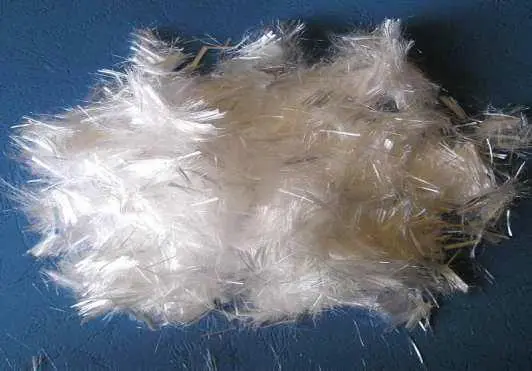
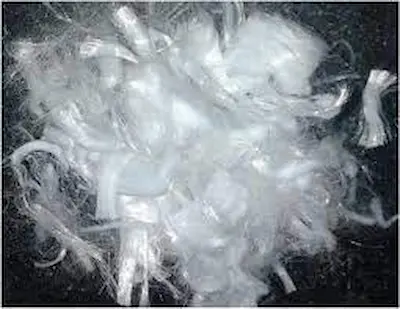
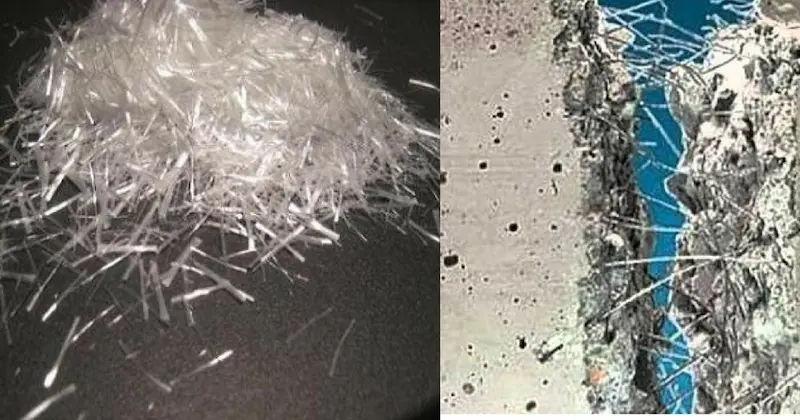
503.webp)
759.webp)
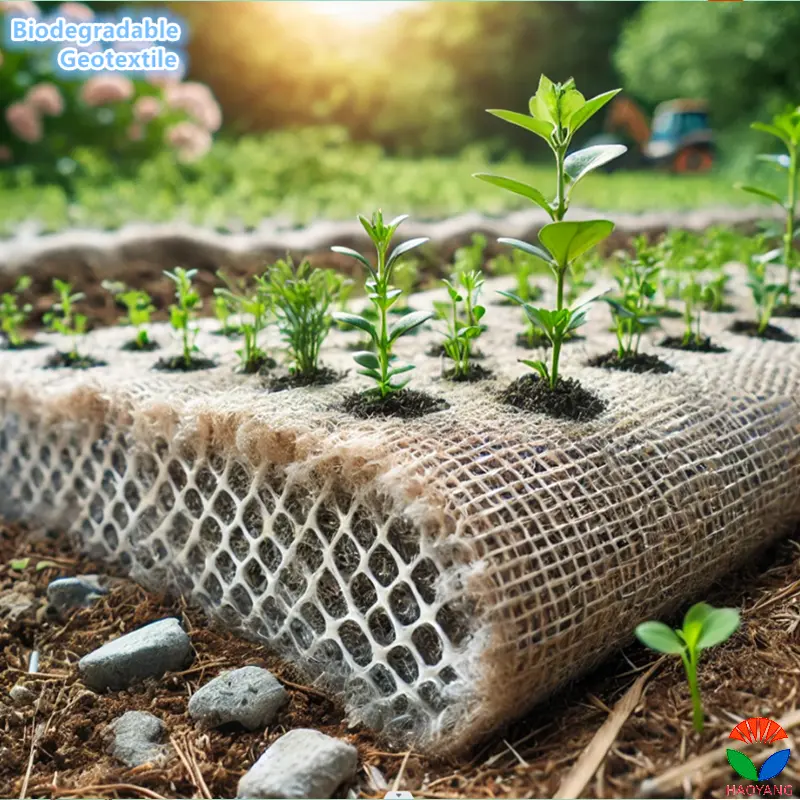
628.webp)
